The best budgeting apps
We've tested the best budgeting apps to help you decide which one is right for you
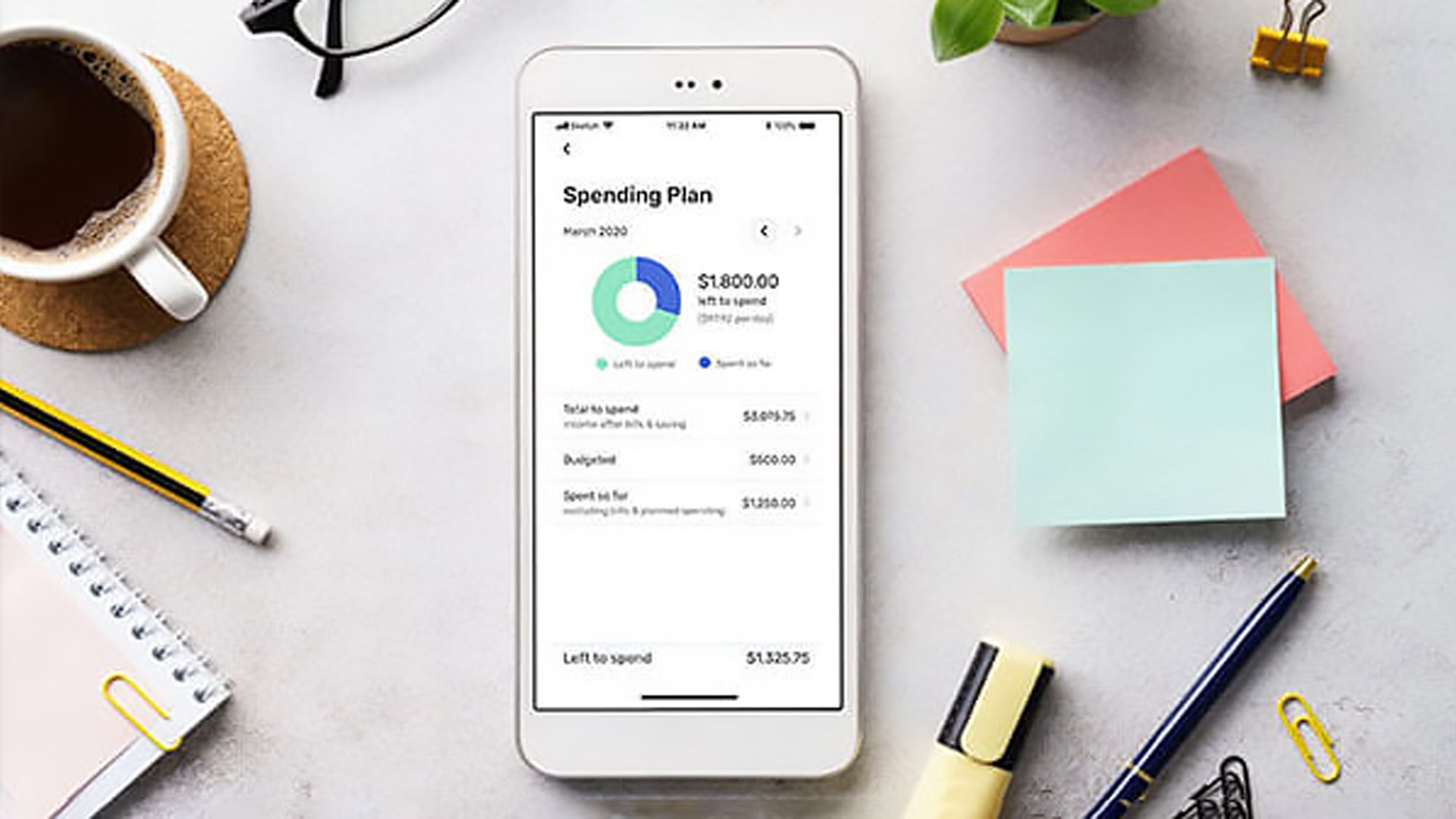
Saving money is more of a challenge than ever in this age of skyrocketing prices. That’s where the best budgeting apps can help you to keep track of — and get ahead of — your personal finances.
We all think about our money differently, which leads to having different approaches to following your money. With this in mind, we tested the best online budgeting apps to find the best options to help you make creating a budget less onerous.
What are the best budgeting apps?
Our top pick for the best budgeting apps is Simplifi by Quicken. For a small monthly fee, Simplifi provides attractive and flexible visualizations that make it easy to track the flow of your money. And its features can be applied to several approaches to budgeting, a unique feature among the services we tested. Simplifi has strong guidance on how to use its tools to create budgets and save for the future.
If you need more help in creating a budget, then you should check out YNAB – shorthand for You Need A Budget. YNAB costs almost three times our first pick, but it excels at its one job: digitizing the thought process behind the popular zero-sum budget. YNAB has a four-step approach that makes it the only service that aims to make you learn how to be more intentional about your money. The service has the best support and education of any we tested, and has the most customizability, so you can assign funds from your available bucket of money to specific monetary actions, and reallocate funds as necessary. While YNAB does have automation, it will require you to go into the service and make adjustments as you move through the month.
If you don’t want to spend any money, the best free budgeting app is Intuit Mint. It offers a full picture of your financial health, and even credit score checking. Mint’s new beta interface addresses many of the services’ visual and organizational shortcomings, but even so, you can’t escape the frequent offers Intuit serves up unless you choose to pay to ditch the ads.
The best budgeting apps for 2022
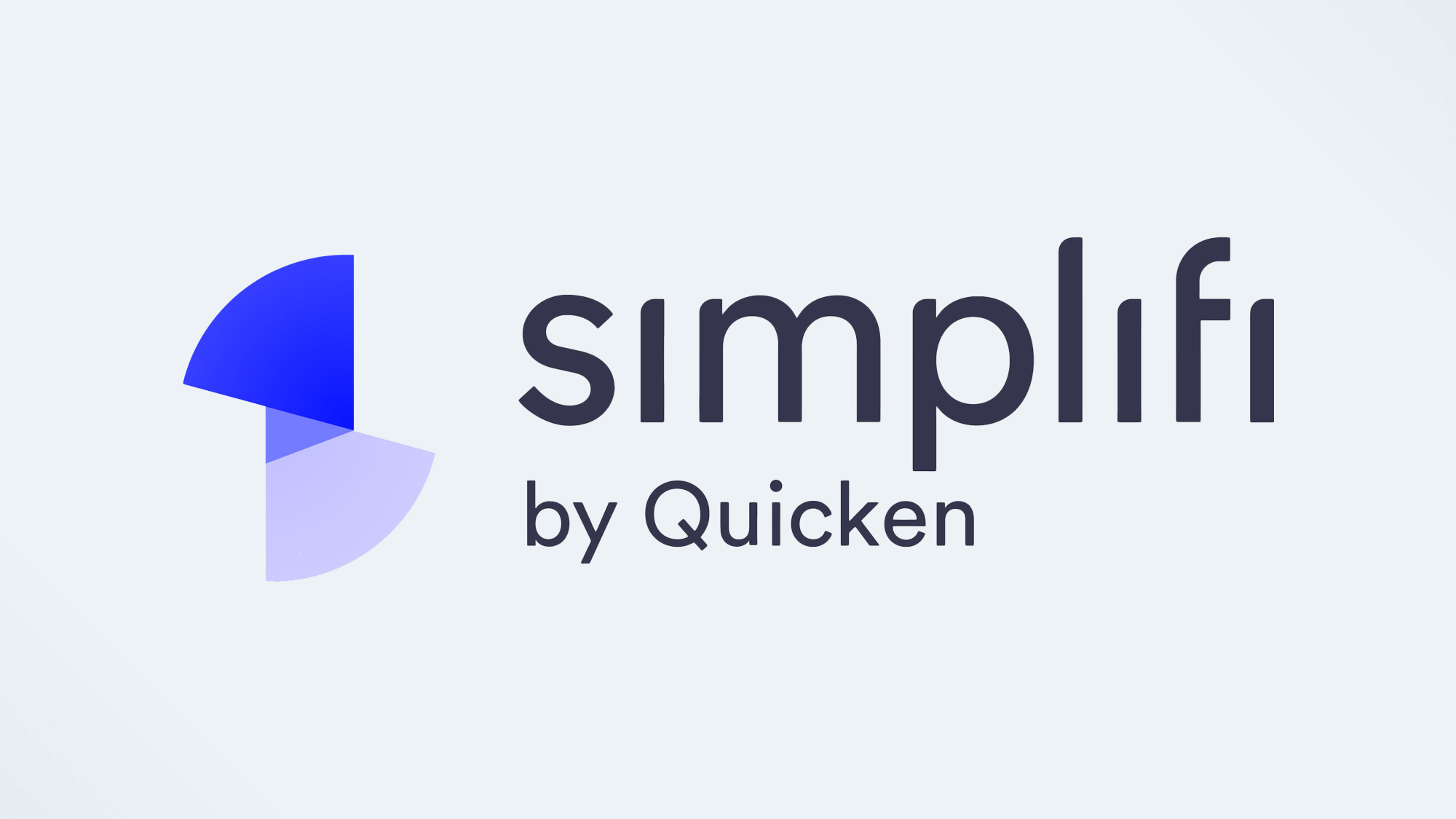

1. Simplifi by Quicken
Our expert review:
Specifications
Reasons to buy
Reasons to avoid
Simplifi by Quicken is, as its name implies, a simplified approach to personal finance. This cloud-based service makes it easy to track your money and budget wherever you are.
Now owned by Aquiline Capital Partners, Simplifi comes from the same stewards of long-time stalwart Quicken. Whereas Quicken is a full-scale personal financial package with desktop applications and online/mobile support, Simplifi pares things back to basics, and it does so with a fresh, visually appealing interface and logical workflow to tracking accounts, setting savings goals, and creating budgets.
The service handles account tracking across banks, investments, and credit cards and payment services, and combines this with spending and savings plans, bill alerts, and trends analysis of your spending, income, savings, and more. Unlike its well-known personal finance sibling Quicken, Simplifi began life as a web-first service, and its graphical look and feel reflect that history.
Read the rest of our Simplifi by Quicken review.
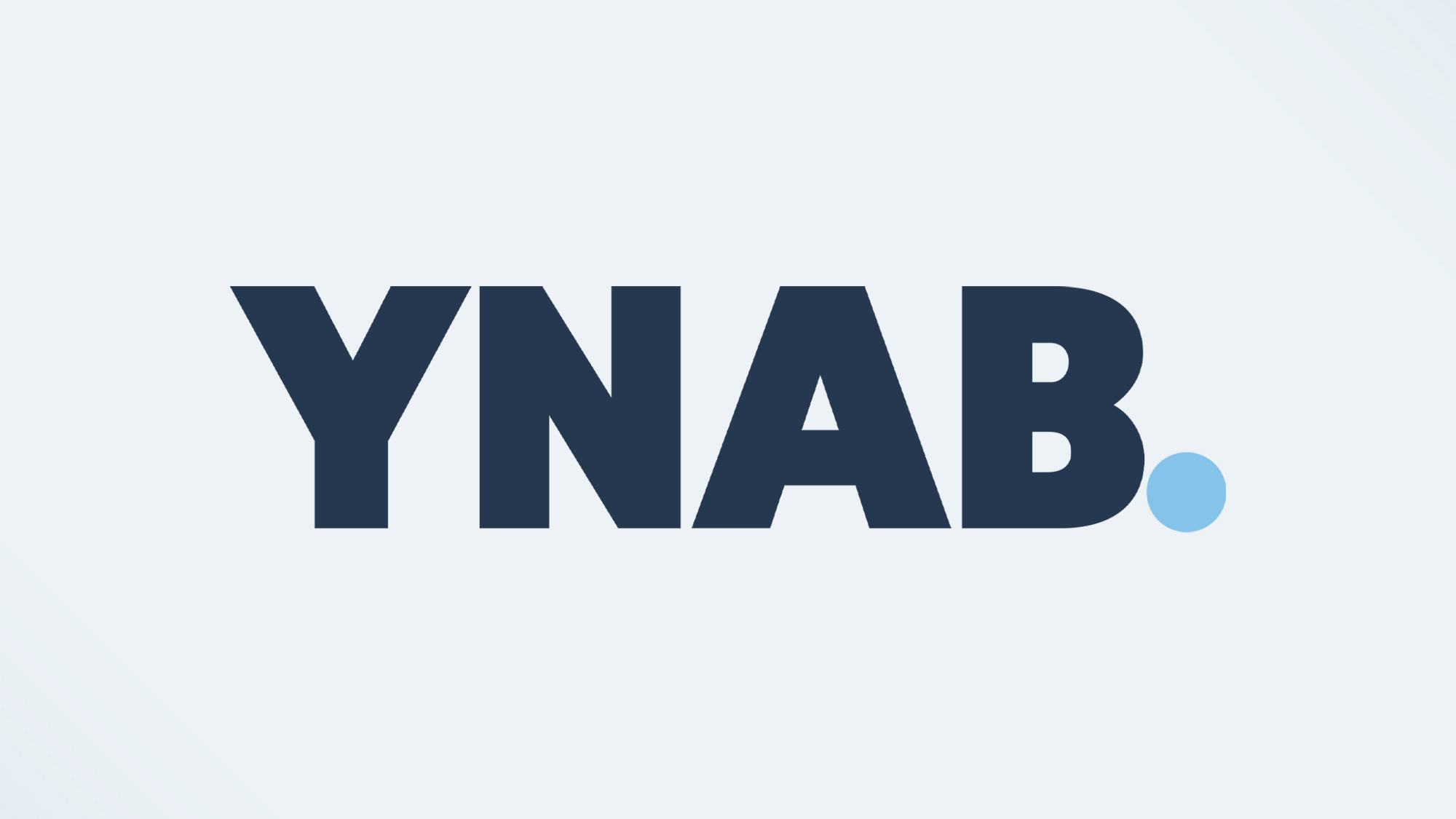
2. YNAB
Our expert review:
Specifications
Reasons to buy
Reasons to avoid
YNAB has a very clear mission, as reflected in its name – which stands for You Need a Budget. Unlike competing personal finance packages, YNAB is all about budgets. Specifically, about creating zero-sum budgets that are designed around four rules that create mindfulness around how you think about money management and budgeting.
The idea behind YNAB is to spend with intention, whereby you allocate your income to different expenses. YNAB’s singular focus is its strength, and sets it apart from the other personal finance services scrabbling for attention. Those services, including Mint and Simplifi, offer budgeting as a part of a broad spectrum snapshot of your money management. Generous guidance coupled with its clear focus on budgeting through managing income and expenses make YNAB the best budgeting app around. However, it’s more expensive than the other best budgeting apps we reviewed.
Read our full YNAB review.
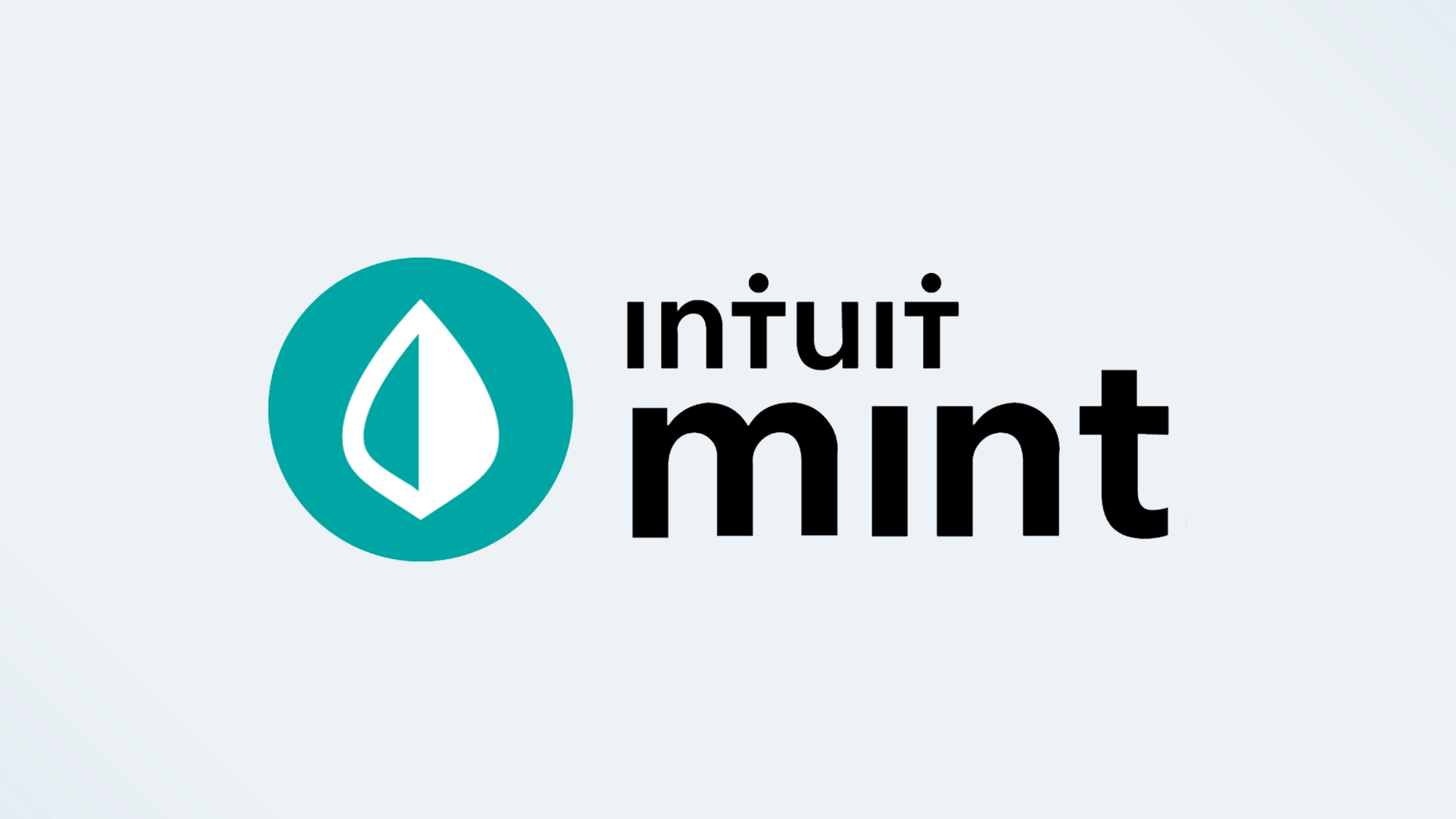
3. Intuit Mint
Our expert review:
Specifications
Reasons to buy
Reasons to avoid
Intuit Mint provides a robust set of automated tools for tracking your personal finances. Among those tools is the one that makes this one of the best budgeting apps we tested: The ability to create multiple budgets to view your spending across different categories.
Part of Intuit’s stable of financial products, which includes TurboTax and QuickBooks, Mint has been around since 2006. Mint’s services are free, but at least one feature – bill negotiation – has an extra fee, and you’ll have to endure a steady diet of financial offers. For mobile users, Mint has $0.99 upgrade that eliminates ads, and on iOS you get extra features with Mint Premium at $4.99 a month. Both paid upgrades are targeting mobile users, but will minimize ads via the web as well.
Mint tracks your spending, provides financial alerts, and includes free credit monitoring from TransUnion. Once you link your financial accounts, you can set up a budget that draws on that information and track your transactions and financial health from a single dashboard.
Read our full Intuit Mint review.
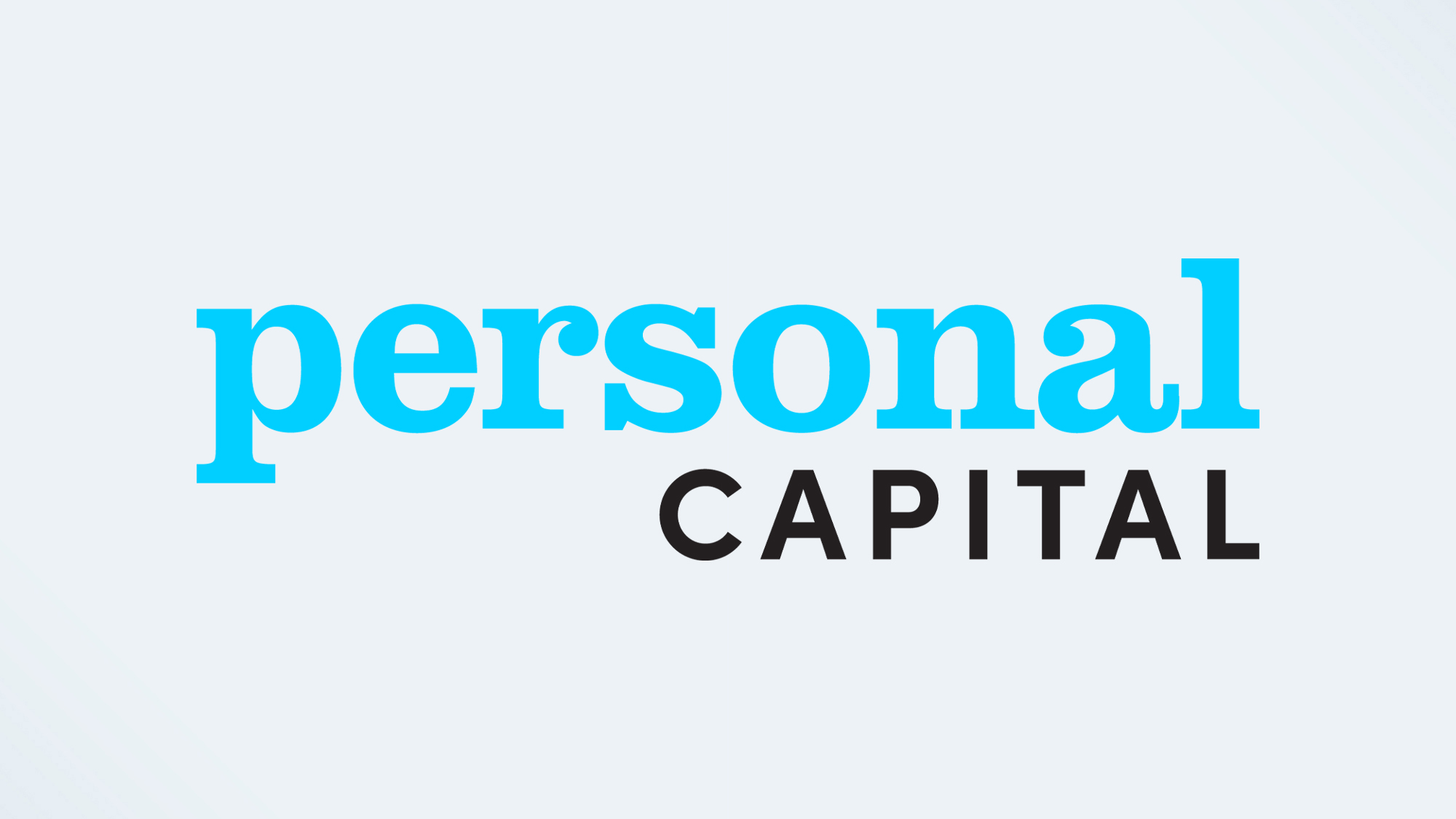
4. Personal Capital by Empower
Our expert review:
Specifications
Reasons to buy
Reasons to avoid
Personal Capital is a free budgeting service offered by wealth management advisor Empower Retirement. Its web- and app-based tools provide top-level financial snapshots and tracking, but don’t go far enough for specific activities like budgeting and saving.
While Personal Capital is free, it’s hard to separate the noise related to its paid services from the value offered by the company’s free services. Once inside, though, you have access to tracking and investment tools and a keep-it-simple take on budgeting and savings. However, if you’re looking for a free budgeting app, Intuit Mint — despite its ads — is the better option.
Read our full Personal Capital review.
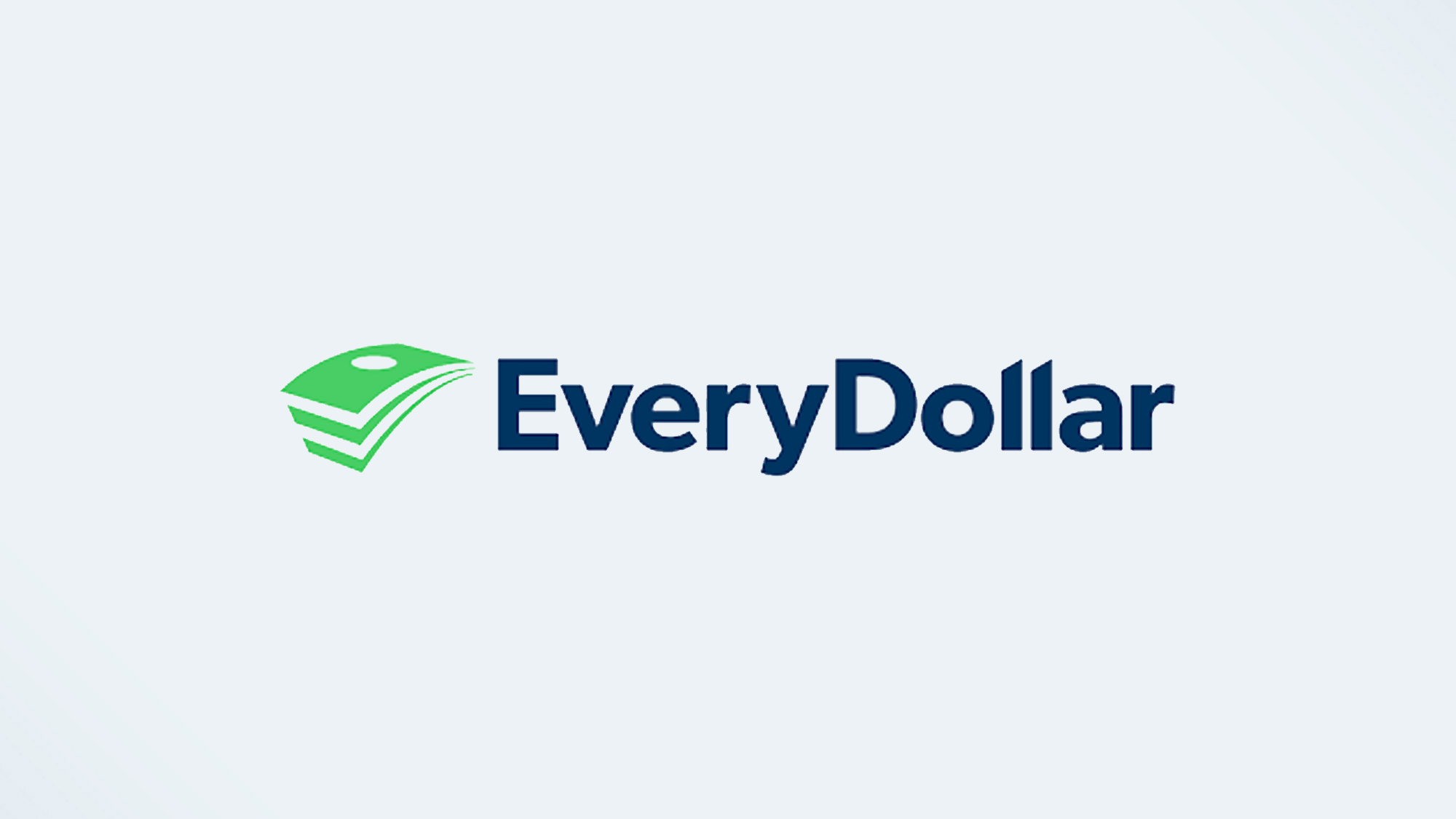
5. EveryDollar
Our expert review:
Specifications
Reasons to buy
Reasons to avoid
EveryDollar from Ramsey Solutions is an online zero-dollar budgeting tool that follows a similar vein to YNAB. Available in free and paid tiers, the service stands out for its use of friendly, everyday language for guiding you through the process of setting up a budget.
The free version of EveryDollar sacrifices functionality and limits you to manual data input, which makes it less useful for tracking your cash flow. Stepping up to the premium paid version fixes that, and positions your budget as one pillar of a larger financial education. That’s because the upgraded paid version is one part of the Ramsey+ membership service that includes Ramsey’s Financial Peace University, EveryDollar, Baby Steps program, SmartTax, group coaching, and more. Ramsey+ membership starts at $59.99 for three months ($19.99 per month), and it costs $129.99 for a year ($10.83 a month, billed annually).
The paid version of EveryDollar has a lot to like, but among the best budgeting apps, it’s only worth it if you plan to maximize your use of the full Ramsey membership.
Read our full EveryDollar review.
How we tested the best budgeting apps
Before testing the best budgeting apps, we first identified the strongest candidates for online budgeting apps and services. We reviewed each service by setting up an account as a new user, and walking through the setup and configuration – including connecting accounts. While our emphasis for this roundup was on the budgeting features, we looked at the holistic user experience, from onboarding to using daily.
We considered whether a service’s price felt appropriate for the type and balance of services you get. For example, Mint is free, and it covers a wide breadth of actionable financial information and even lets you check your credit score and negotiate your bills (extra fee) from within the app; however, to ditch the annoying ads, you have to (confusingly) upgrade via mobile only. Personal Capital aggregates your information, but has less functionality than Mint. YNAB charges more than most of the budget-focused services we tested, but it has powerful functionality and a degree of personalization not found anywhere else. EveryDollar has a limited free version, and its paid tier is the most expensive of all (though it includes other financial guidance as part of the Ramsey+ membership).
We considered how much help was available, both in the context of assistance from company staff and in terms of guidance in-app or via the service’s website. Too often we’ve seen users stay away from personal finance apps and services simply because they were too intimidating to use and learn.
Finally, we considered the breadth of the app and its service. We particularly liked the convenience of having one service that handles multiple components of our financial life, since it meant we had to only enter our information and connect data in one place. And that we had only one app that in turn harnessed and contextualized our data for us. But we also recognized the inherent value in doing one thing very well, an advantage firmly held by YNAB.
What to look for when selecting the best budgeting app
When choosing the best budgeting app for your needs, it’s important to think about your why. What is it that’s driving you to seek out and commit to a budgeting app? Are you trying to see why your bills are so high every month? Or are you saving up for a down-payment on a house?
Budgeting comes down to two core components: Your fixed and discretionary spending, and your planned savings for big events or expense goals.? These core components are addressed and visualized in different ways by our best budgeting apps. Once you understand where your spending habits fit into your bigger financial picture, you can recognize when it’s time to cut out that daily latte in favor of saving for something else.
If your goal is to aggregate all of your financial data in one place, creating a budget may be an outgrowth of this thought process. If you value seeing your budgets in the same place and context as all of your information, consider the broad-spectrum personal finance apps we reviewed — Simplifi, Mint, and Personal Capital. Personal finance software is more than having a pretty veneer with snappy visuals. Simplifi and Mint stand out for providing actionable tools that you can dynamically learn from and adjust.
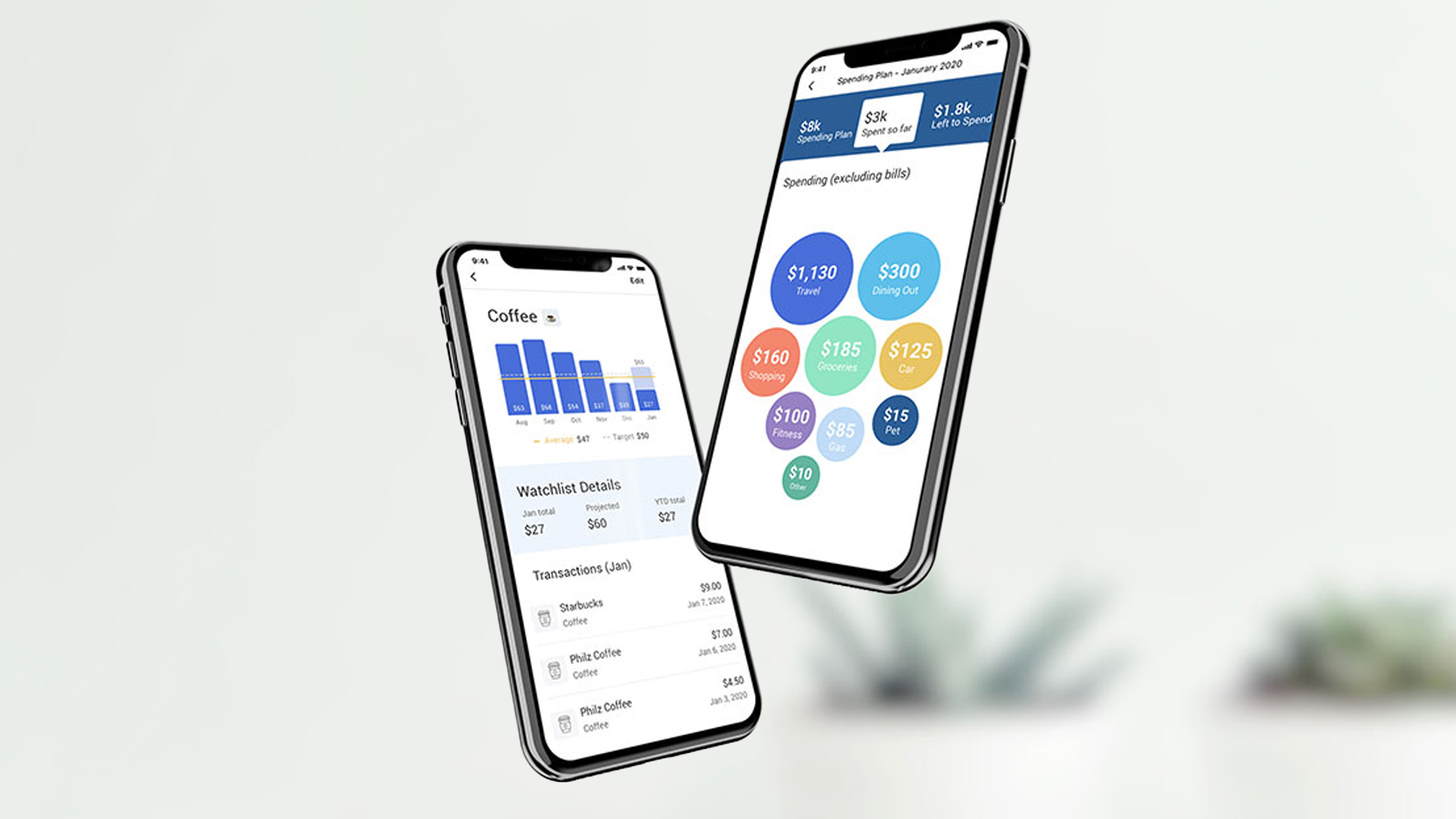
If you want to fully understand exactly where all of your money goes every month, then you should look at zero-sum budgeting as used in YNAB, Simplifi, and EveryDollar. YNAB in particular is structured around the idea that every dollar has a job — an assignment, if you will. And you assign those dollars to monetary actions or events, in categories with names you can fully customize. But, YNAB’s focus is clearly on managing your budget, and only managing your budget.
Another consideration is how does the app connect to your accounts? You’ll want to be aware if the app uses a direct connection to your bank – in which case you can typically choose which accounts to link – or use a third party like Plaid to make the connection (Plaid currently links to all accounts under an institution’s username and password). Is there a way to account for non-monetary assets, cash-on-hand, or accounts that you can’t, or don’t want, to link up digitally?
We suggest choosing a service that gels with how you think. Sticking with a budget is going to come down to finding the right tool that addresses your needs in the broadest and most flexible way. Only then will budgeting become an integral part of your routine — and your money mindset.
Sign up to get the BEST of Tom's Guide direct to your inbox.
Get instant access to breaking news, the hottest reviews, great deals and helpful tips.
Melissa Perenson is a freelance writer. She has reviewed the best tax software for Tom's Guide for several years, and has also tested out fax software, among other things. She spent more than a decade at PC World and TechHive, and she has freelanced for numerous publications including Computer Shopper, TechRadar and Consumers Digest.
